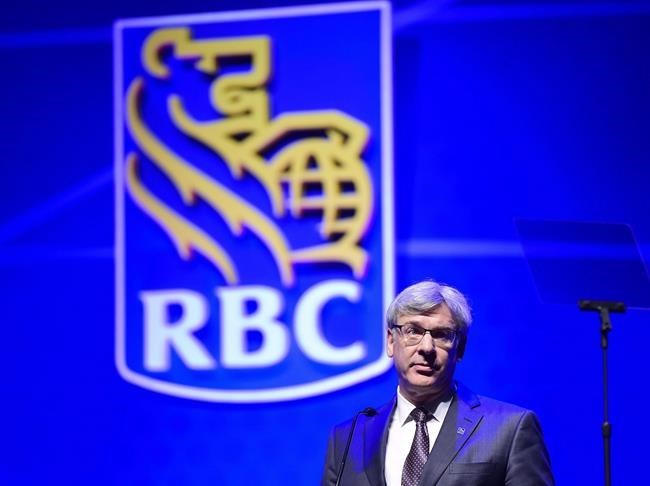TORONTO — Canadian bank CEOs say they're able to adapt to the higher credit requirements the banking regulator has set in preparation for more uncertain economic times ahead.
RBC chief executive Dave McKay says the bank will stay well above the 11 per cent stability buffer requirement even with the pending $13.5-billion acquisition of HSBC sa╣·╝╩┤½├Į, while there would be time to adapt to any further potential increases.
In December, the Office of the Superintendent of Financial Institutions raised the capital requirements banks have to keep on hand by half a percentage point, while also increasing the range of potential future increases as a potential safeguard as higher interest rates put higher stress on borrowers.
Speaking at RBC's bank CEO conference in Toronto, McKay said he doesn't expect that an increase in mortgage defaults would be a significant stress for the bank's capital as only a low single digit percentage of its overall borrowers have both a potential payment crunch and low collateral in their home.
Scotiabank president Scott Thomson, who is taking over the CEO role in February, said the bank aims to build its credit buffer to 12 per cent by the end of the year, which is the top end of what the regulator can currently require.
National Bank chief executive Laurent Ferreira said the bank has been running its capital above 12 per cent so the latest adjustments won't affect how it's operating.
This report by The Canadian Press was first published Jan. 9, 2023.
Companies in this story: (TSX:RY; TSX:BNS; TSX:NA)
The Canadian Press



